The Cast Iron Beauties of Clinton Hill
The unknown architect and developer chose to clad all five buildings in sheet metal, enabling them to incorporate a number of classical details at relatively small expense.

Editor’s note: This is an update of a post that originally ran in 2015. See the original here.
This set of five buildings is a rare cast iron group here in Clinton Hill. The unknown architect and developer chose to clad all five buildings in sheet metal, enabling them to incorporate a number of classical details at relatively small expense.
This part of Fulton Street — winding its way through Fort Greene, Clinton Hill and Bedford — has long been a mixture of residential and commercial buildings. There’s another special cast iron building further down at 375 Fulton Street.
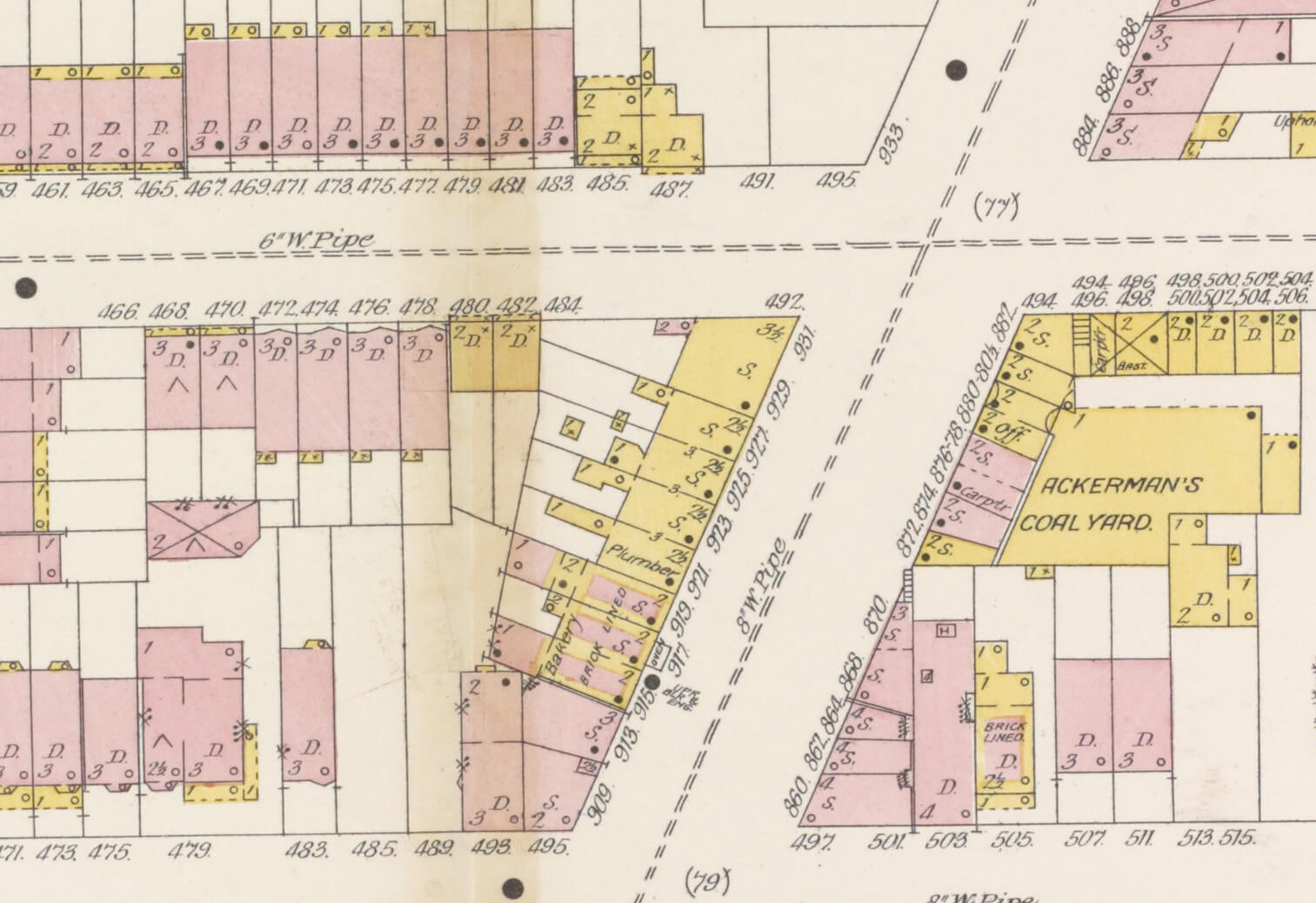
But as our 1887 Sanborn Insurance map shows, before this group at 921-931 Fulton Street was built, the block was home to a row of two-and-a-half story wood-framed storefronts with apartments above. The storefronts were occupied by a tailor, a plumber, a baker and other neighborhood necessities.
Around 1897 or so, those smaller buildings were torn down and replaced with the four-story iron-fronted buildings we see today. Each of them has a commercial space on the ground floor and three stories of floor-through apartments above.
Cast iron cladding enabled the owner to use lots of classical detail — colonettes, pilasters and decorative bump-out oriels — all without the expense of carved stone.
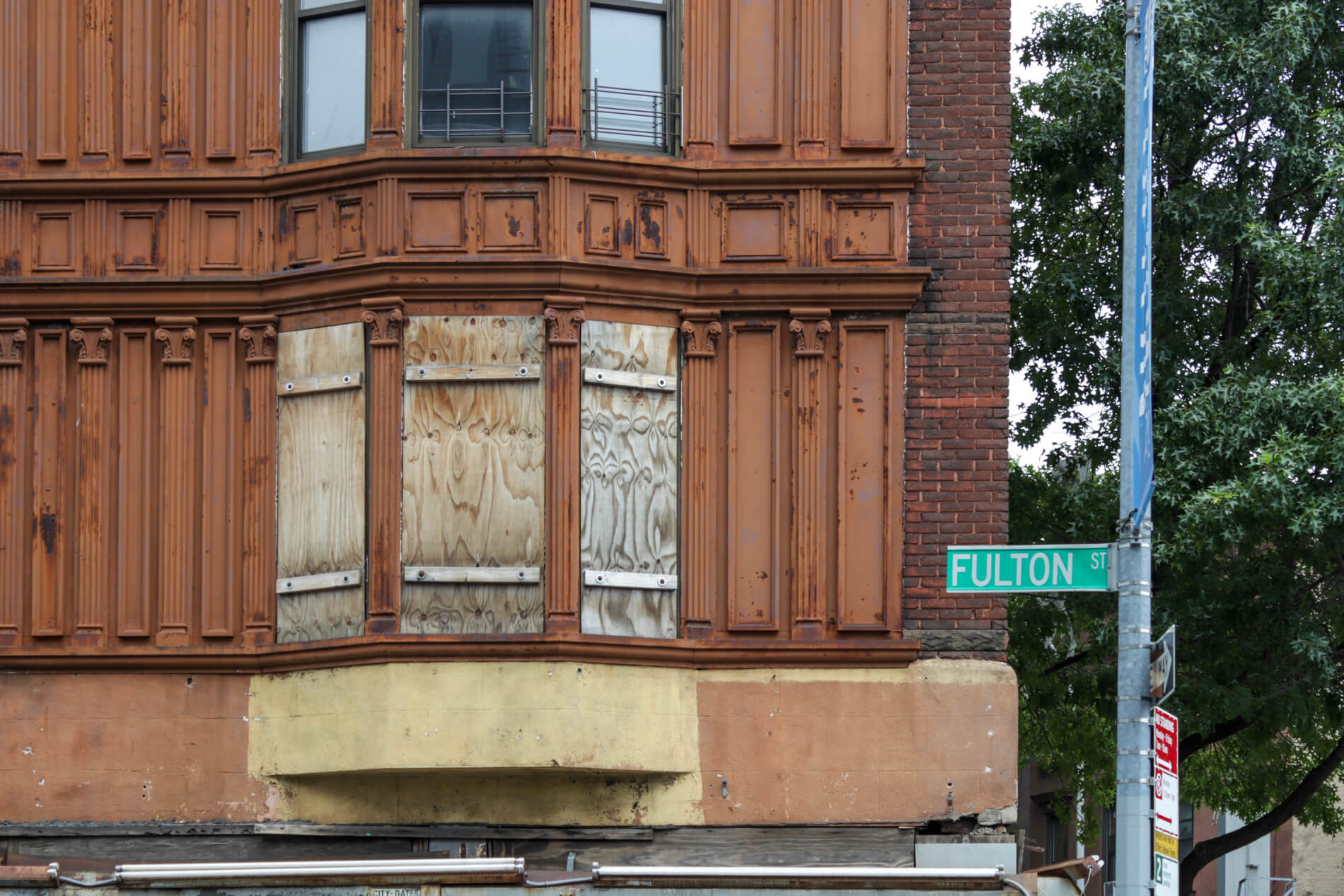
It would be interesting to find out what color these buildings were originally. White, to resemble limestone, or brown to mimic brownstone, or even grey, which could resemble marble.
In 1901, the estate of Peter Lyman, or perhaps Lynan (both spellings were in the papers) sold the group at auction. Peter L. may have been the original developer, although neither spelling turned up anything definitive.
The buildings, which were described as four story brick metal-front apartment houses with stores, sold to two different buyers. The Home Life Insurance Company bought 921-927. The larger building, the double apartment house on the corner at 929-931 Fulton Street, was sold to a James Shevlin.
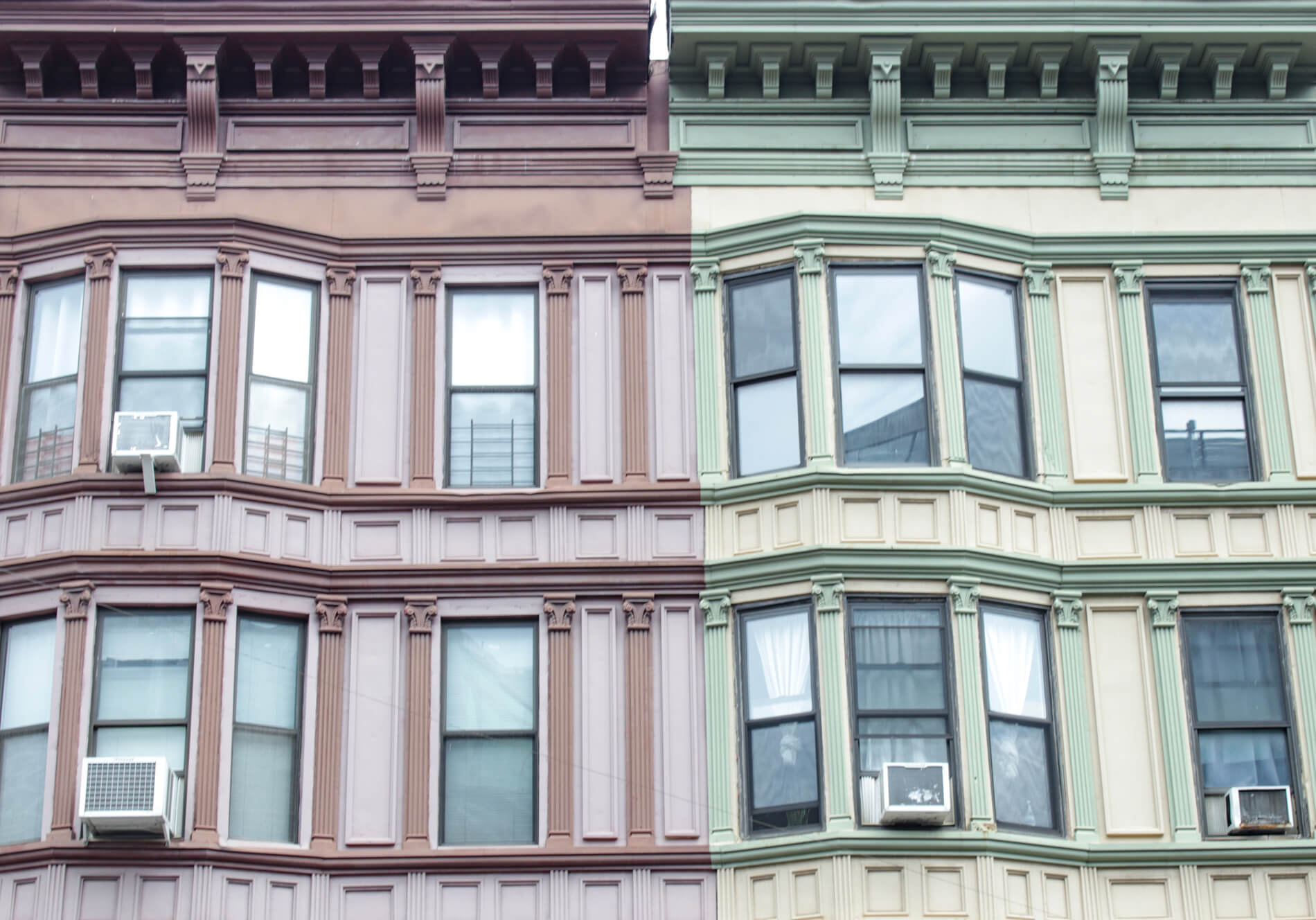
All five buildings housed a multitude of businesses. 921 was at one point a music store, then a beauty parlor and then a real estate office. 931 was a successful antiques store and furniture restorer.
923 was a tea room and a candy store in the past. 927 held a tailor and, in 1923, was home to the Christ Child Society, a ladies’ group that sewed clothing for poor children. They had a fund-raising sale here at times.
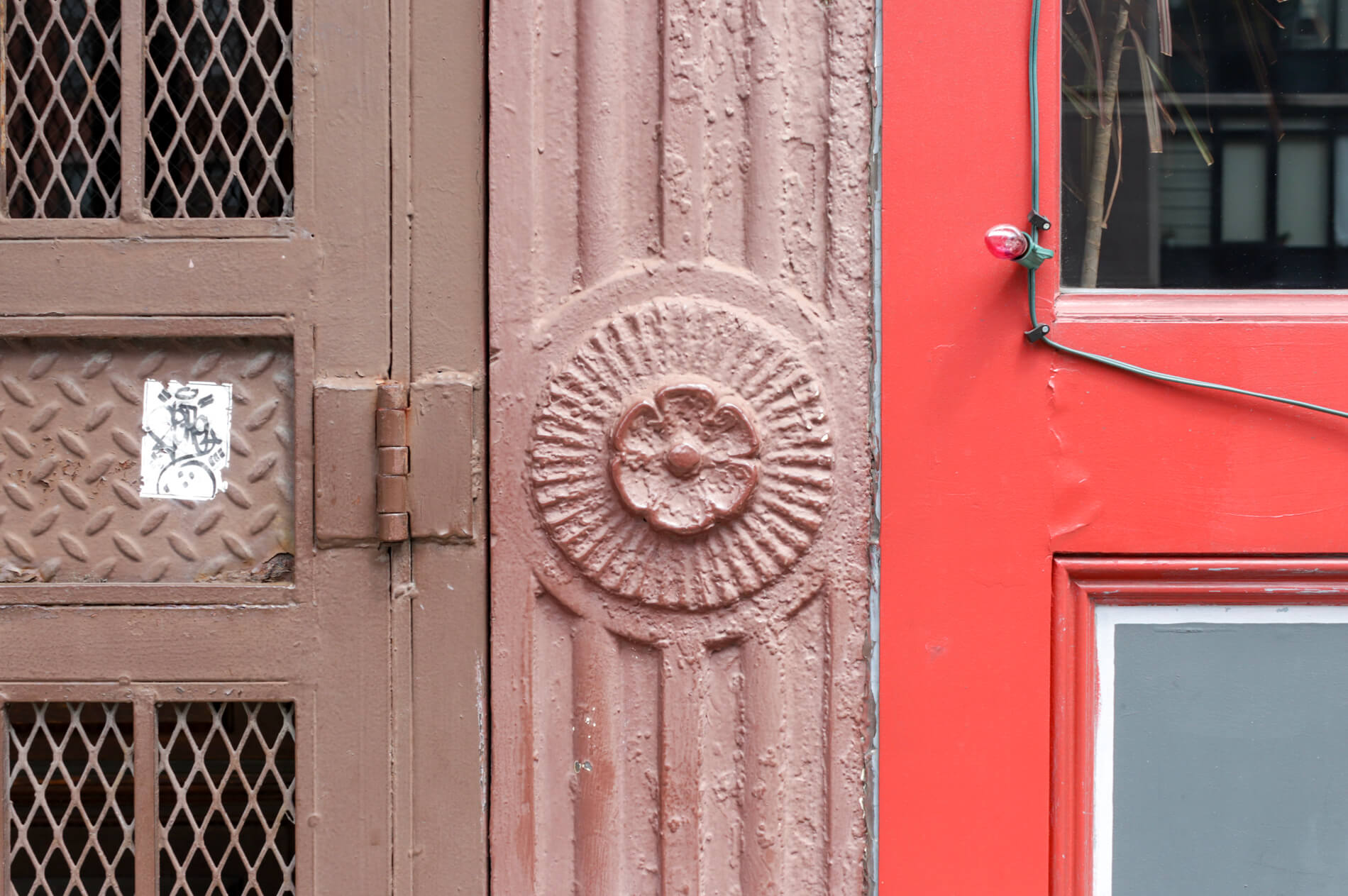
By the mid-1930s, this part of Fulton Street was home to businesses catering to the neighborhood’s black community. The tea shops, candy store and beauty parlor were all owned by African Americans. The tenants in the building were also mostly black, beginning in the 1930s.
The New York Age, an African-American weekly paper, notes various goings-on of prominent community people, a couple of whom lived in the apartments above the stores. There were weddings, funerals, and other milestones taking place behind the cast iron facades.
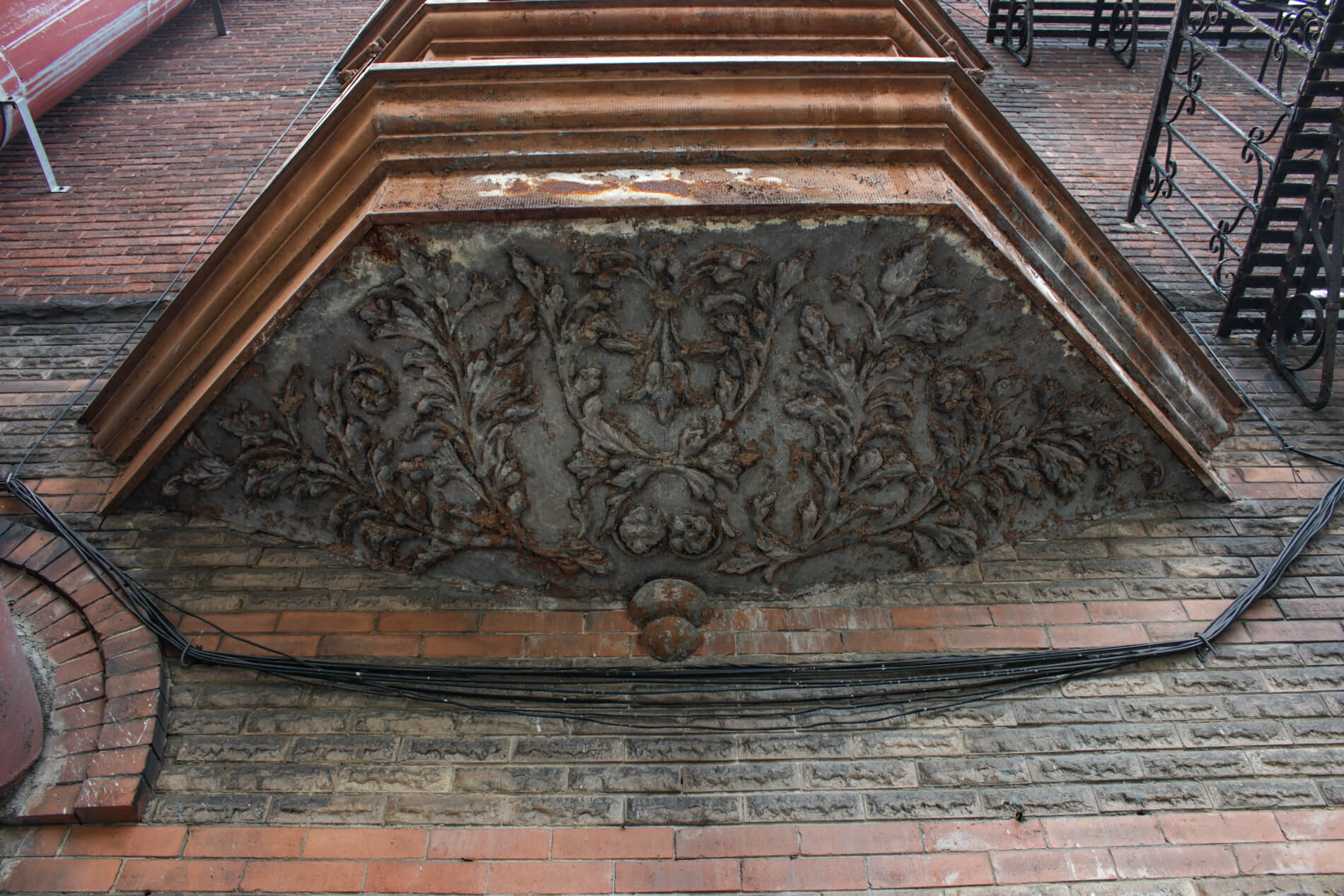
Today, as Fulton Street gets a long awaited facelift, hopefully these great buildings will get some TLC, as well. They are in great shape, and are gorgeous buildings. Let’s not lose them.
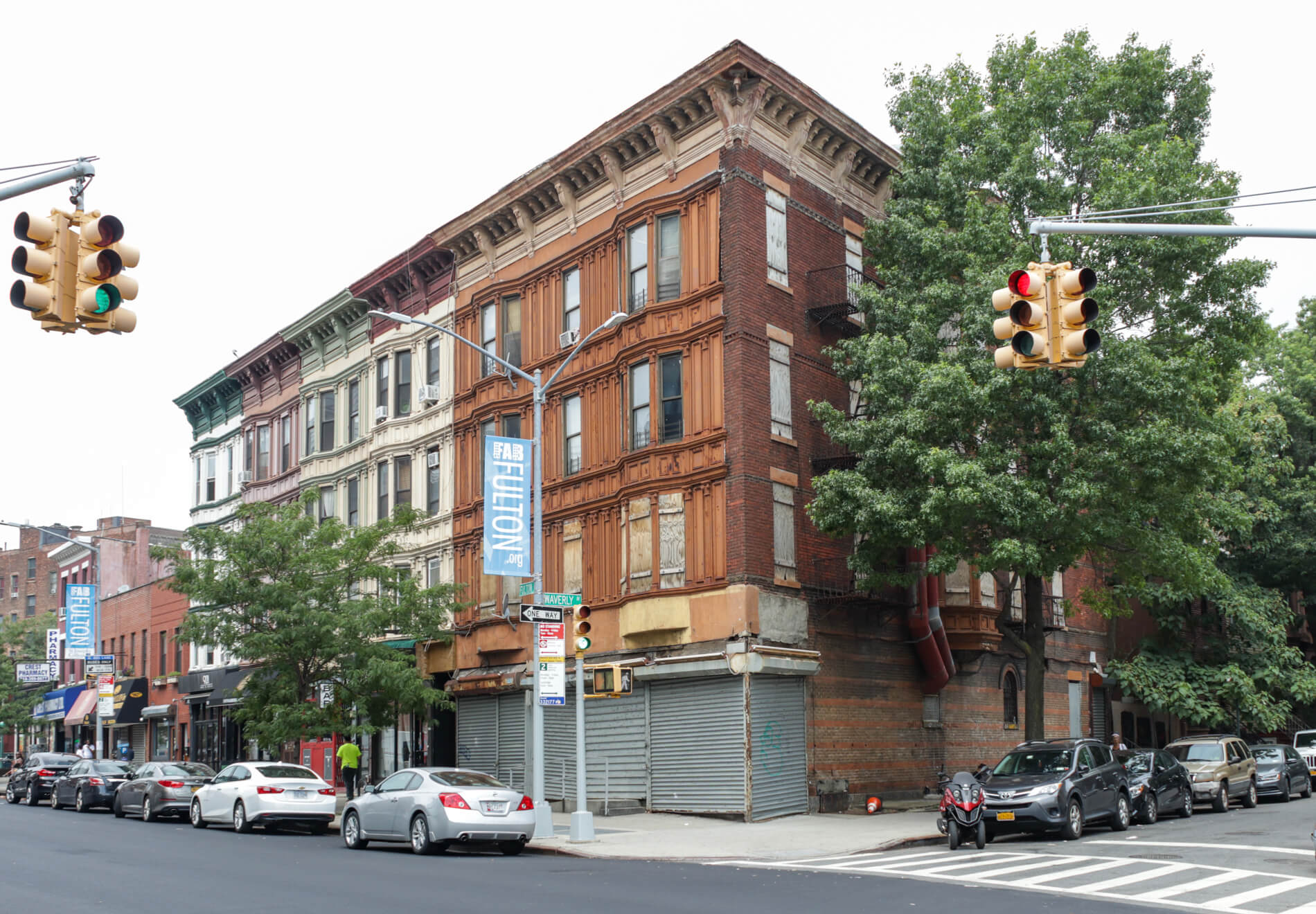
[Photos by Susan De Vries unless noted otherwise]
Related Stories
- Spotting a Rare Remaining Cast Iron Stunner in Fort Greene
- A Developer Is Slowly Buying Up an Entire Prominent Block In Downtown Brooklyn
- Three Houses in One: The Grand Queen Anne Mansions of Washington Avenue
Email tips@brownstoner.com with further comments, questions or tips. Follow Brownstoner on Twitter and Instagram, and like us on Facebook.

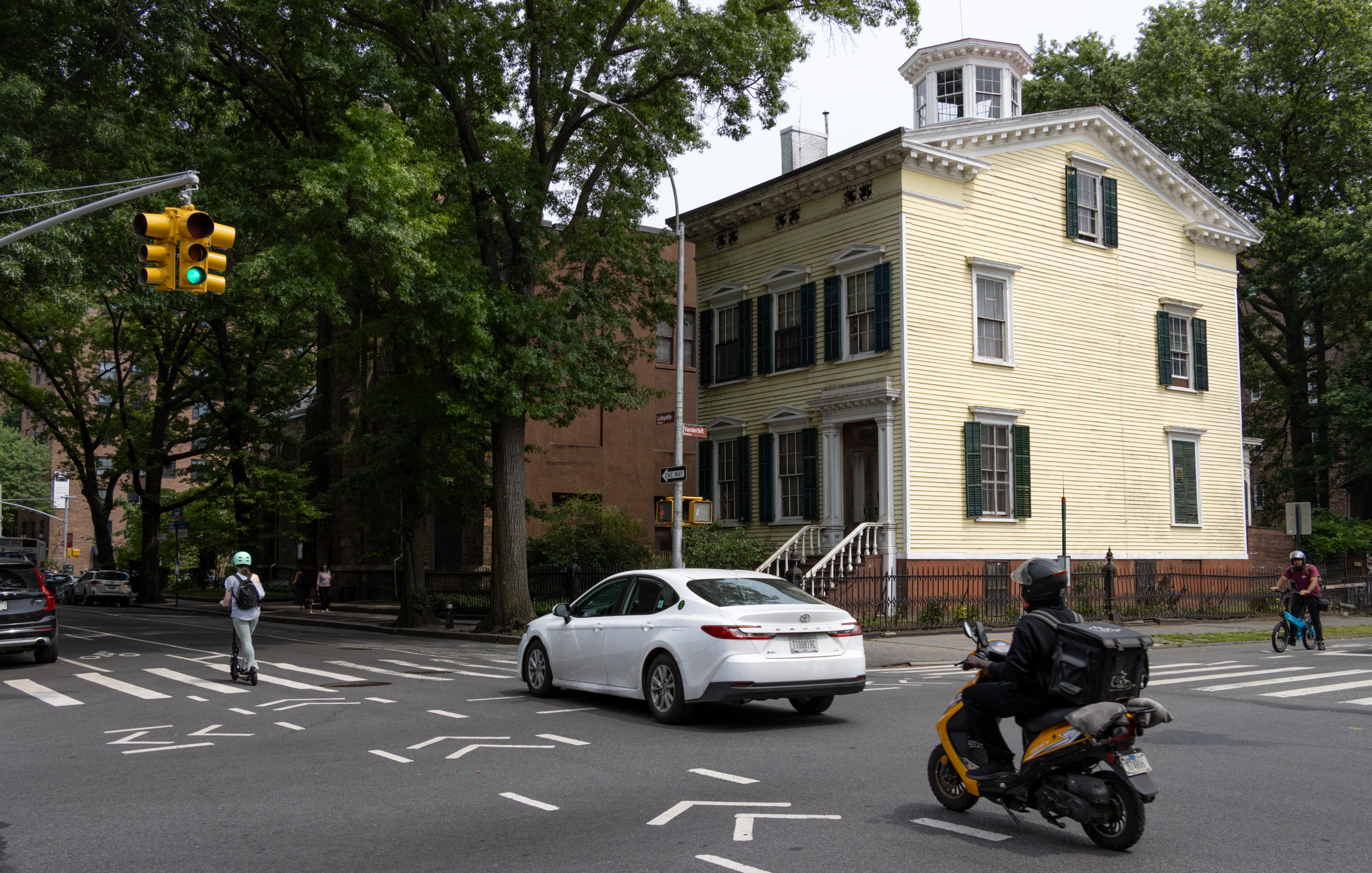
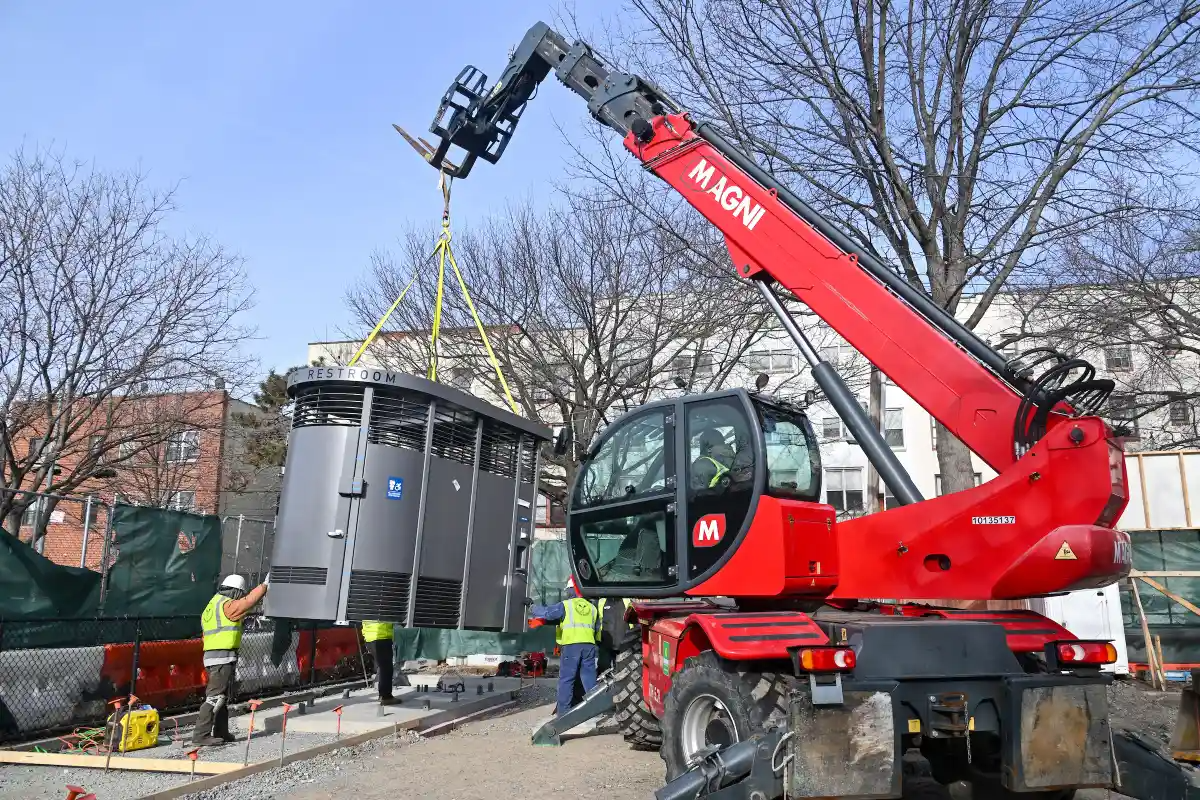

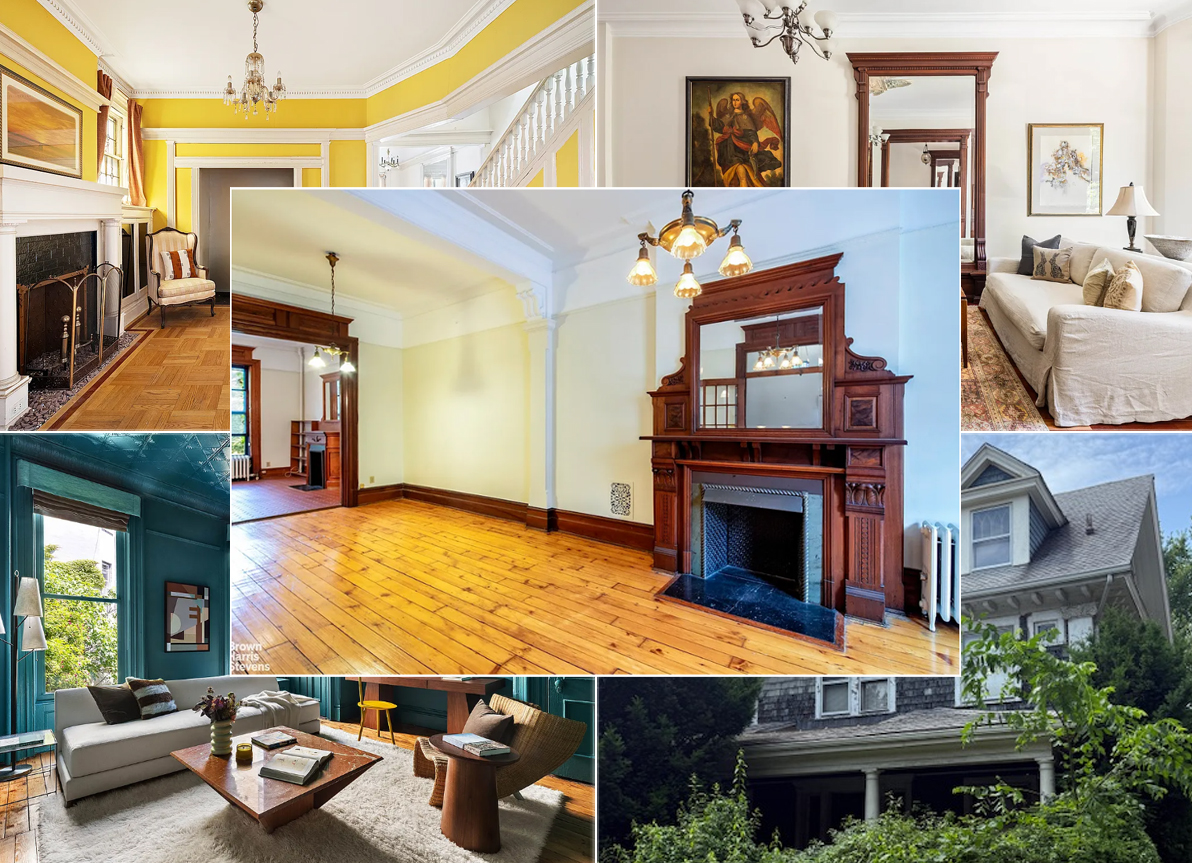
What's Your Take? Leave a Comment